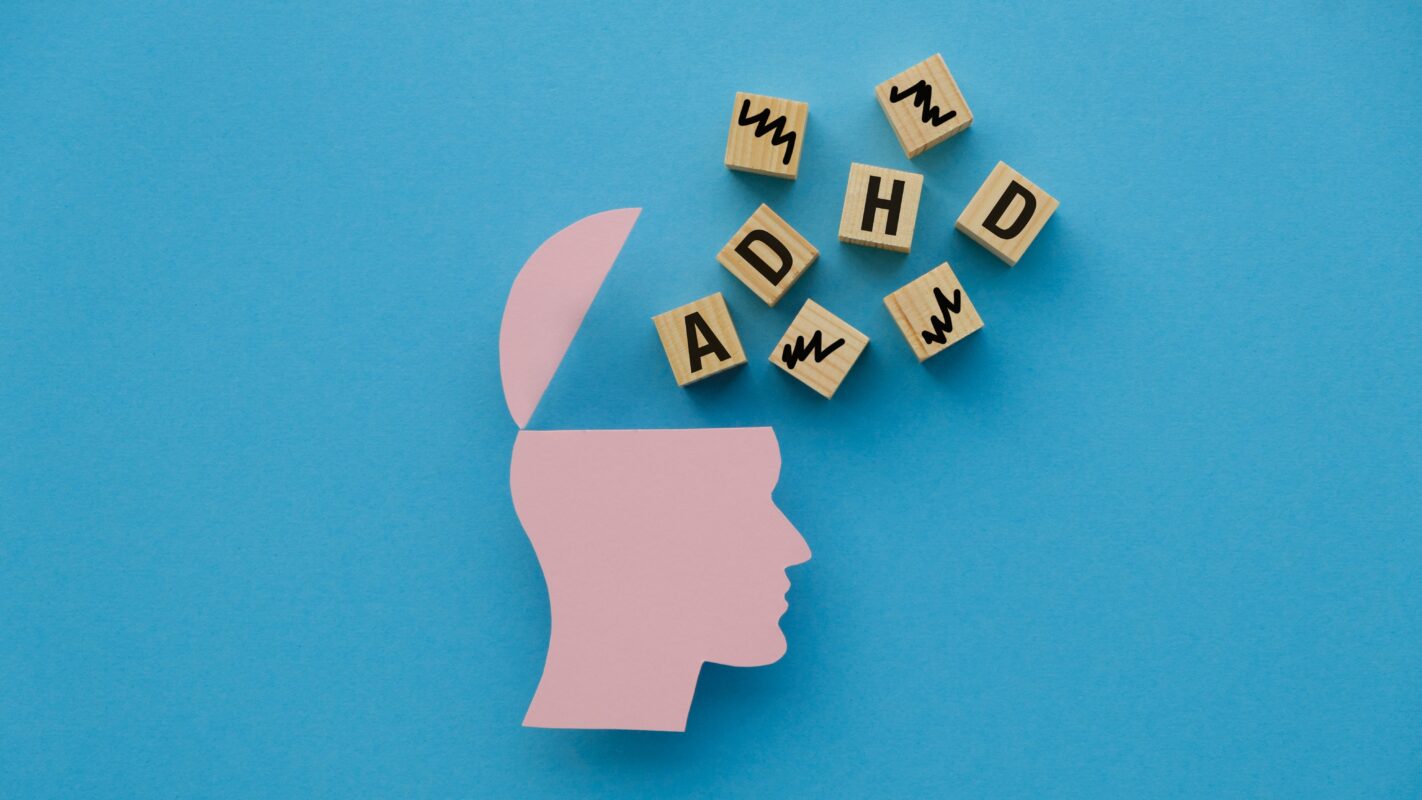By Bopanna Ballachanda, Harvey Abrams, James W. Hall III, Vinaya Manchaiah, Derek Minihane, Samantha Kleindienst Robler, and De Wet Swanepoel
Health-care providers are scrambling to keep up with the demand for telehealth services as the coronavirus (COVID-19) pandemic sweeps across the nation and world. Many are seeing unexpected benefits in the shift to connected health—and hoping the momentum continues after the emergency is over.
This pre-press article from Audiology Today (July/August 2020) shares the views of telehealth experts in various areas and how these services are laying the groundwork for the “new normal.”
Similarly, audiologists are also looking for ways to reach their patients for regular check-ups, follow-up care, and other unexpected urgencies that need attention. The answer to current social distancing can be addressed by adopting tele-audiology. The concept of tele-audiology is not new. It has been applied by many agencies and practices in developing countries to help the unserved and underserved populations and to overcome the shortage of audiologists.
The scope of this article is to examine the opportunity tele-audiology can provide to clinical challenges associated with social distancing. I have invited content experts in different areas of audiology to share how tele-audiology services are laying the groundwork for “the new normal.” We will review the following:
- Identification and diagnostic assessment of hearing disorders.
- Intervention for hearing loss and related disorders, including hearing aid dispensing and post-fitting care, cochlear implant post-fitting care, auditory training, and tinnitus management.
The tele-audiology delivery model can be grouped into two categories. The first model is applied with a satellite clinic or a physical location away from the main clinic. The second model exclusively relies on mobile technology outside of the clinic.
Review the full article online.
Will be featured in the print issue of Audiology Today, July/August 2020.
Recent Posts
Why Wild Animals Don’t Have Floppy Ears
In 1959, a scientist began a domestication experiment with silver foxes. Critics believed the experiment was, at the very least, too ambitious (if not outright…
Button Batteries and Socioeconomic Risk
Button batteries, or coin cells as they are also known, are used commonly in small electronics, like watches, calculators, and of course, hearing aids. Recently,…
Attention-Deficit/Hyperactivity Disorder in Adults
Ashman and colleagues (2025) recently published a report that examined health center visits by adults who had a diagnosis of ADHD. These authors used data…


